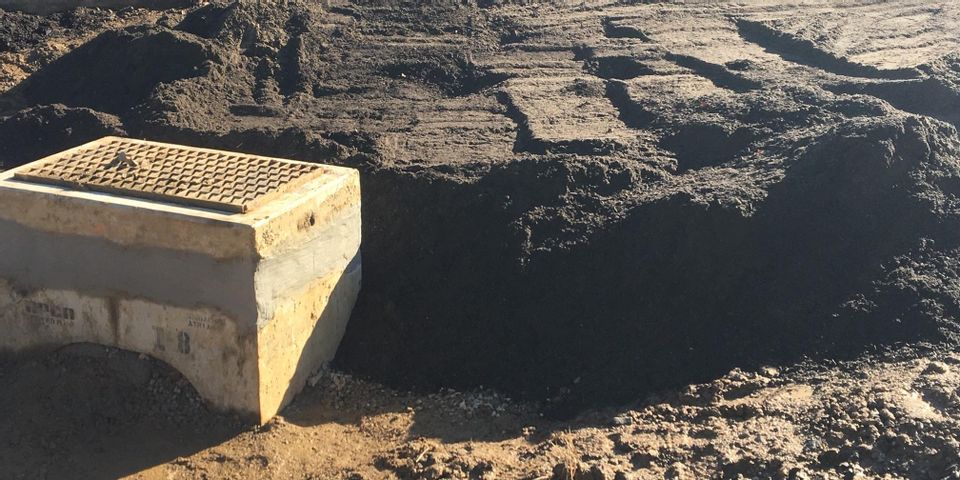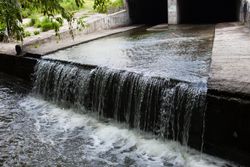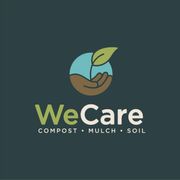
When rain falls on roads, parking lots, and other paved surfaces, it can't soak into the ground naturally. This creates stormwater runoff that flows over the surfaces, picking up contaminants such as bacteria, trash, and pesticides, and eventually polluting local waterways. Luckily, you can prevent stormwater runoff by using bioretention soil.
What Is Bioretention Soil?
To prevent stormwater runoff from entering your area's waterways, make depressions in the landscape. These bioretention cells capture water and percolate it back into the ground, where it's filtered through bioretention soil. This process stops pollutants from entering the groundwater.
Bioretention soil is traditionally composed of sand, soil, and compost. Before being used for a bioretention project, the soil must be tested to ensure it has a high percolation rate, a large capacity to isolate pollutants, and the ability to support plant growth.
How Can Bioretention Soil Benefit Your Project?
 The most apparent benefit of bioretention soil is reduced pollution. Stormwater management projects that use this type of soil can remove 90% of organics, bacteria, and total suspended solids from the local groundwater, in addition to 95% of metals and 75% of phosphorus and nitrogen. These projects also decrease the chance of flooding and erosion by keeping large volumes of stormwater out of the waterways. Finally, bioretention areas help beautify the environment, as they support plant growth and naturally sustain greenery.
The most apparent benefit of bioretention soil is reduced pollution. Stormwater management projects that use this type of soil can remove 90% of organics, bacteria, and total suspended solids from the local groundwater, in addition to 95% of metals and 75% of phosphorus and nitrogen. These projects also decrease the chance of flooding and erosion by keeping large volumes of stormwater out of the waterways. Finally, bioretention areas help beautify the environment, as they support plant growth and naturally sustain greenery.
If you want to provide your customers with high-quality bioretention soil, turn to the team at WeCare. For more than 20 years, they’ve supplied engineered soils, roofmix, compost, and mulch to companies and distributors throughout New York, New Jersey, Pennsylvania, and the greater United States. Visit them online to learn more about their products, and call (315) 575-4595 to discuss your needs with a friendly sales associate. For more updates and information, follow the team on Facebook.
About the Business
Have a question? Ask the experts!
Send your question

